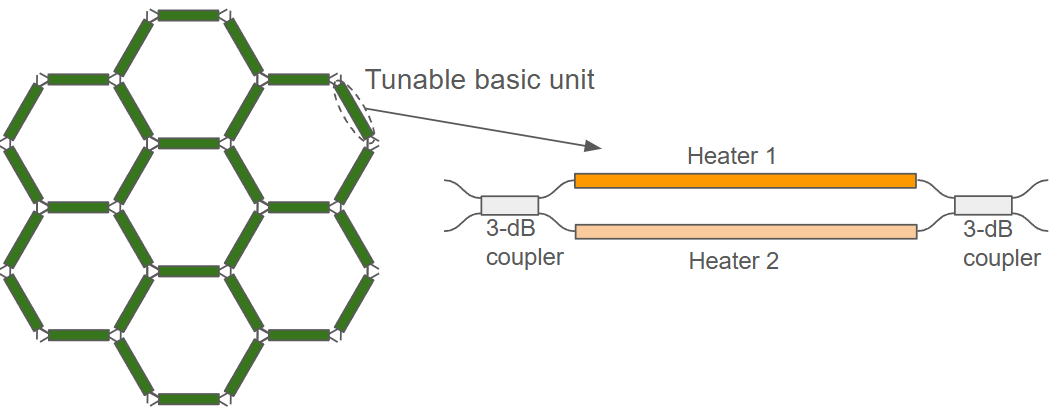The development of Silicon Photonics (SiP) for programmable microwave circuits is centered around realizing large-scale, versatile integrated systems capable of high-bandwidth analogue signal processing. This video post based on a set of resources from Flexcompute PhotonForge Documentation highlights significant progress in component miniaturisation, advanced integrated architectures, and, crucially, the development of self-configuration strategies necessary for controlling these highly complex circuits.
Main Scientific/Technological Takeaways
1. The Paradigm of Programmable Photonic Integrated Circuits (PIPs)
The core technological conclusion is that integrating programmability into Photonic Integrated Circuits (PICs) using SiP technology enables cost-effective, mass-producible, and software-upgradable components.
• Multipurpose Functionality via Waveguide Meshes: Programmable Integrated Photonic (PIP) circuits rely on a common hardware base implemented by two-dimensional integrated photonic waveguide meshes. By suitably programming their control signals, these meshes can provide multiple functionalities.
• Core Building Blocks: These circuits are constructed from basic units, such as the hexagonal lattice structure, where each link consists of a Tunable Basic Unit (TBU), often realized as a Mach-Zehnder interferometer (MZI) with thermally controlled phase shifters. The operation of the TBU can be configured into specific states: cross, bar, or tunable coupler.
Listen to this episode with a 7-day free trial
Subscribe to Precision with Light to listen to this post and get 7 days of free access to the full post archives.






